
316L has a wide range of uses
1. Industrial field Petrochemical equipment: Pipelines, valves, storage tanks: 316L stainless steel is widely used in the petrochemical field to manufacture the
Petrochemical equipment:
Pipelines, valves, storage tanks: 316L stainless steel is widely used in the petrochemical field to manufacture these key equipment due to its excellent corrosion resistance and durability. It can resist the erosion of a variety of chemicals and ensure the long-term stable operation of the equipment.
Offshore oil platforms, submarine pipelines: In marine engineering, 316L stainless steel also plays an important role and is used to manufacture facilities such as offshore oil platforms and submarine pipelines to cope with harsh marine environments.
Shipbuilding:
Hull structural parts, marine pumps, valves, deck machinery and cabin equipment: 316L stainless steel is equally important in shipbuilding and is used to manufacture these key components to withstand the harsh marine environment and ensure the safety and stability of the ship.
Environmental protection equipment:
Seawater desalination: In the field of seawater desalination, 316L stainless steel is used to manufacture the support carrier of the reverse osmosis membrane, and through its excellent corrosion resistance and mechanical strength, it ensures the stability and service life of the reverse osmosis membrane.
2. Food processing field
Food machinery: 316L stainless steel is widely used in food machinery manufacturing due to its excellent corrosion resistance and durability, as well as its non-toxic and harmless characteristics, such as conveyor belts, blenders, slicers, juicers, canning equipment, etc., to ensure the hygiene, safety and quality of food.
3. Medical equipment
Medical equipment, surgical instruments, dialysis equipment: 316L stainless steel occupies an important position in the manufacture of medical equipment due to its good biocompatibility and antibacterial properties. It is often used to manufacture these key equipment to protect the safety and health of patients.
4. Construction field
Building structure, roof, wall panel, column: 316L stainless steel plate is also widely used in the construction field. Due to its good weather resistance and corrosion resistance, it can resist the erosion of corrosive substances such as acid and alkali gases and salt spray in the atmosphere, and maintain the long-term beauty and structural stability of the building.
5. Other fields
Automobile manufacturing: 316L stainless steel is used in the field of automobile manufacturing to manufacture automobile shells, body structures, exhaust pipes and other parts to ensure the structural stability and long-term durability of the car.
High-end watches: 316L stainless steel is often used to make bracelets and cases of high-end watches because of its good gloss and beautiful appearance.
Chemical and dye industry: In the field of chemistry and dye, 316L stainless steel is used to manufacture various production equipment because of its excellent corrosion resistance.
Summary
316L stainless steel has been widely used in many fields because of its excellent corrosion resistance, high temperature resistance, good mechanical properties and processing properties. From petrochemicals, shipbuilding to food processing, medical equipment, construction and automobile manufacturing, 316L stainless steel plays an irreplaceable role. At the same time, its beautiful appearance also makes it popular in consumer goods such as high-end watches.
stainless steel processing
The manufacture of stainless steel involves a series of processes. First, the steel is melted, and then it is cast into solid form. After various forming steps, the steel is heat treated and then cleaned and polished to give it the desired finish. Next, it is packaged and sent to manufacturers, who weld and join the steel to produce the desired shapes.
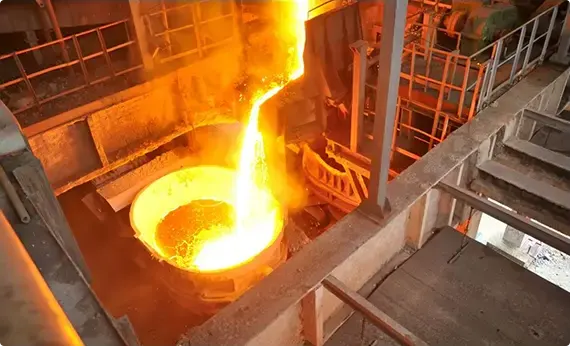
Melting and Casting
The raw materials that constitute a stainless steel item are placed together and melted in a giant electric furnace. Intense heat is applied rigorously for a period of 8 to 12 hours during this step. Once the melting is complete, the molten steel is cast into desired semi-finished forms. Some of the most common forms or shapes include slabs, blooms (rectangular shapes), billets (these could either be round or square), rods, and tube rounds.

Forming
In the second stage, the semi-finished steel shapes undergo a series of forming operations. For instance, the stainless steel is hot rolled (heated and passed through enormous rolls). The blooms and billets mentioned above are converted to bar and wire. The slabs on the other hand are formed into plates, strips or sheets. It is very common to turn semi-finished steel shapes into bars, as it is the most versatile stainless steel form (it comes in all grades and sizes). You have round, square, octagonal, and hexagonal bars, each suitable for a different type of application.
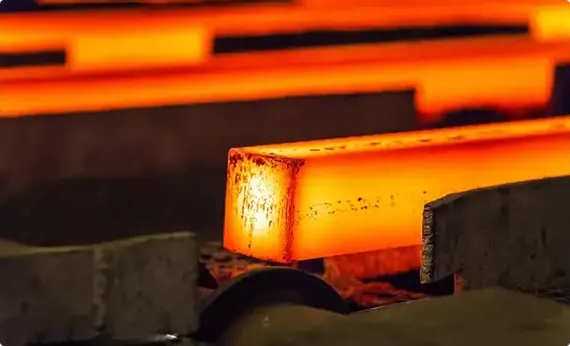
Heat Treatment
The various stainless steel forms undergo a thorough annealing process during this step. Annealing is another name for heat treatment where the stainless steel is heated and cooled in a controlled environment. The purpose of this heat treatment is to relieve the pent-up stress inside the stainless steel and soften the material to make it more suitable for a wide variety of applications. The people in charge of carrying out the annealing process have to be very careful about the conditions as even the slightest of changes in the temperature, pressure, duration, or cooling rate could result in a faulty product.
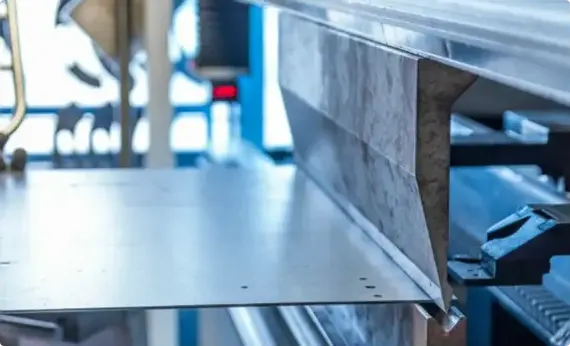
Descaling
During the annealing process, a certain amount of scale appears on the surface of the stainless steel. This scale can be removed using a number of different processes that are collectively known as descaling. Pickling is one of the more common methods of carrying out the descaling process.
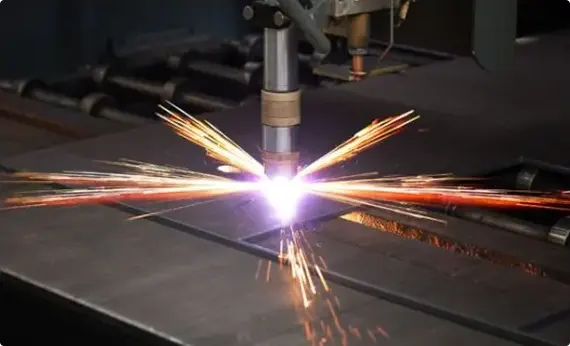
Cutting
The semi-finished, heat-treated, and descaled stainless steel forms are cut into specific shapes in this step. Mechanical cutting is performed with the aid of guillotine knives, blanking, nibbling, and high-speed blades.
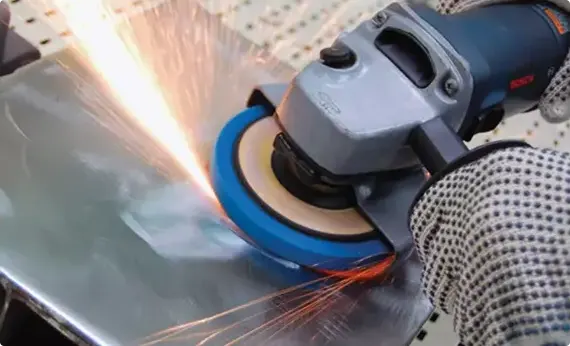
Finishing
Finishing is applied to help the stainless steel product achieve its signature aesthetically appealing appearance. Finishes are also needed to make the stainless steel product smooth and easier to clean, which is a top requirement in sanitary applications.
